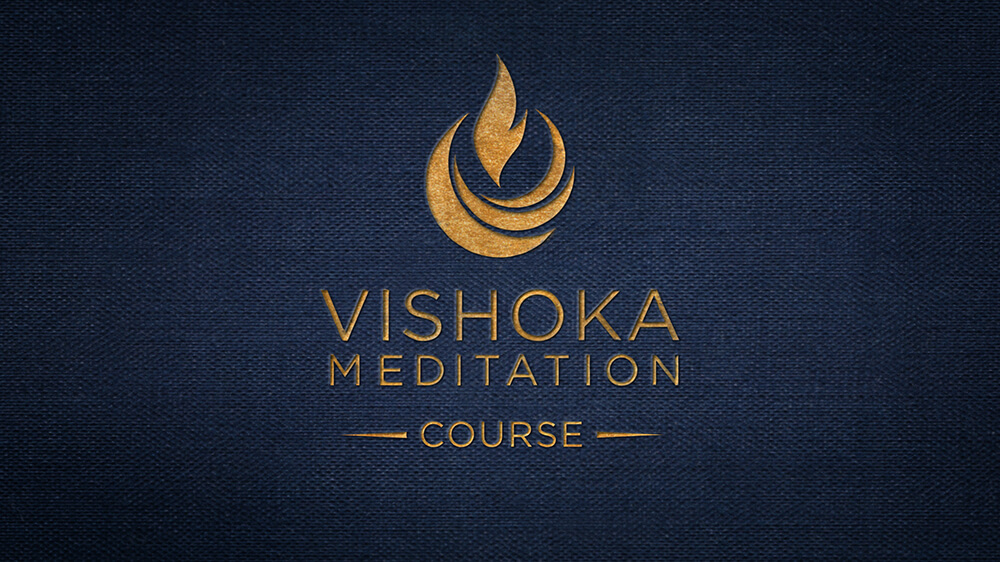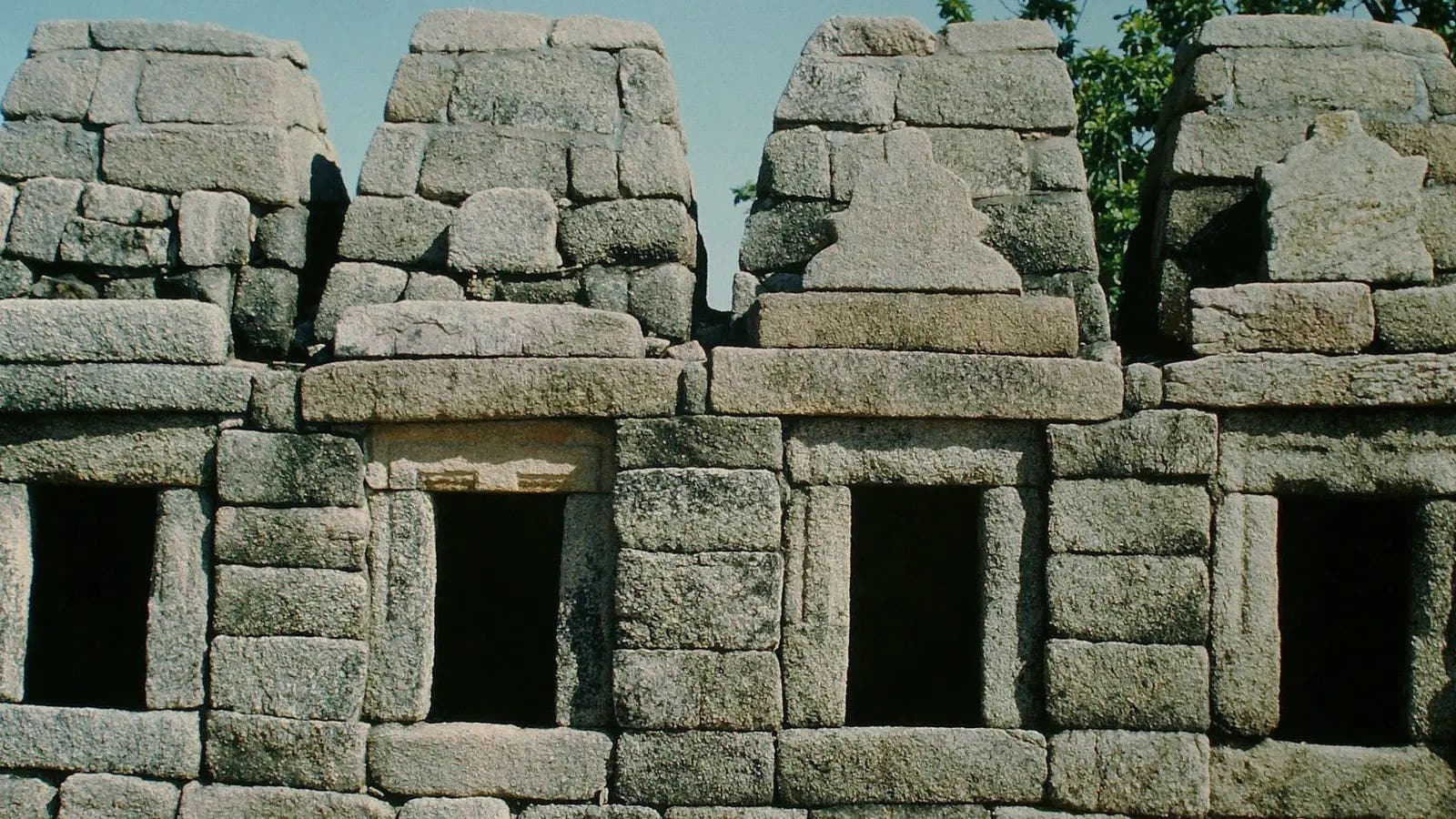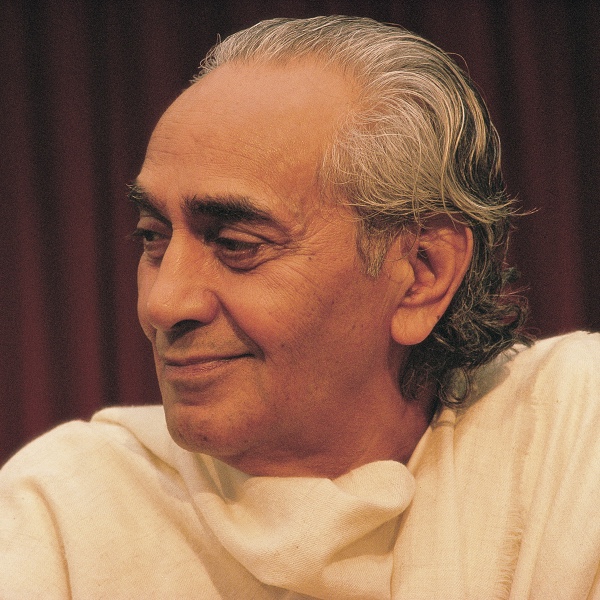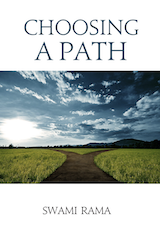Before we choose or follow any spiritual path, we have to have basic knowledge about the body, the breath, and the mind and its various functions—and we have to have a strong desire for knowing the truth. What is truth? Truth is that which is not subject to change, that which was never born and will never die, that which does not need any support from any other quarter, that which is self-existent, eternal, and never changes in the past, present, or future.
If I am not comfortable with myself, it means there is something wrong and I should know the reason. So first of all I have to learn how to know myself on all dimensions, and then I will find out that I have the capacity to know that absolute truth which is the prime goal of human life. Many people think that this might take several lifetimes, and many others think it can be done instantly. But the timing depends upon the power of our desire to attain truth. We can do it in five minutes’ time, we can do it in one lifetime or many lifetimes, or we can never do it.
When we want to understand ourselves at the deepest level—to achieve the purpose of life—then we choose a path. We don’t choose a path first and then commit. First we have to make a commitment toward the purpose of life. This means we have to take responsibility for knowing ourselves. We have to learn to choose our path by understanding our own inclinations, thinking processes, emotions, and actions. By understanding more about our life, environment, mind, action, and speech, we can find out how sincere we are. We have to learn to judge ourselves, to determine how far we would like to tread the path, and to know if we are sincere enough to do it or not. People know if they are sincerely treading the path or not. We cannot follow it if we are not ready. If we are not ready, we cannot follow anything. So first we need to prepare ourselves and only then should we choose the way that is right for us.
When we want to understand ourselves at the deepest level—to achieve the purpose of life—then we choose a path.
What is the way? There are various ways: the path of action, karma yoga; the path of love, bhakti yoga; the path of knowledge, jnana yoga; the path of raja yoga; the path of laya yoga; and the path of awakening the dormant power within, kundalini yoga. Included in kundalini yoga are hatha yoga, pranayama, nada yoga, mantra yoga, and Sri Vidya. To determine which path to choose, we should observe whether we are action oriented, selfless-service motivated, devotionally or intellectually inclined, or have a desire to be in silence. Awareness of these qualities helps us to choose a path that is right for us. All the paths lead to that same height from which we can see here, there, and everywhere. Then everything is clear. We might disagree with someone else’s path, but we can never disagree with the goal, for the goal is one and the same.
Transforming Ourselves
Regardless of the path we choose, the first step in self-transformation is to feel, “I will, I can, and I have to.” We should face life, and not try to escape it when it becomes difficult. That never helps. For facing life, we need inner strength; we need to develop self-confidence and self-discipline. But we should work systematically and gradually within our capacity. Everyone has certain special qualities, and by knowing them, we can have the inner courage for treading the paths of light and liberation.
The purpose of these paths is to help people in expanding their individual consciousness. My experience and the experience of the sages with whom I have lived is that we have to enlighten ourselves. One day I told my master, “If you are enlightened, then why do you not give me enlightenment too? It’s too much for me. You tell me to do this, you tell me to do that—and I have been doing it and still I don’t find any remarkable change in my personality.” All students think in this same foolish way; it is natural.

My master said, “I am going to set you right. I am going to show you that this is not my mistake, but your mistake.”
I asked, “Where am I committing a mistake?”
Then he told one of the swamis to blindfold me, and he gave me a bowl with a hole in it. He told me to hold the bowl. Then he started pouring milk in it, but all the milk that he poured in drained out. He said, “Am I giving you milk?”
I said, “Yes.”
“Why are you not retaining it?” Then he took off the blindfold and I found that there was a hole in the bowl. He said, “There is also a hole in your head; whatever I give, it drains. You will have to patch that hole.”
If someone thinks a teacher will pat his head and give him nectar and enlighten him, he is wrong. No one does that. Each person has to light his own lamp. If a student has oil, wick, and a lamp, the teacher will help him light it. But if he doesn’t have these, what can the teacher do? The teacher can guide the student, but the student has to learn to accept a self-training program for his unfoldment, for his health, for his growth. If the student finds any obstacles, then the teacher helps him. He also makes the student aware of where he is committing mistakes. But self-improvement depends on one’s sincerity, capacity, and ability.
But self-improvement depends on one’s sincerity, capacity, and ability.
The gist of all my advice is that we should learn to discipline ourselves. Discipline means guiding our energy properly in three directions: mind, action, and speech. Discipline does not mean arresting ourselves, repressing ourselves, suppressing ourselves, or torturing ourselves. It means learning to guide the energies that we have and learning to be positive in life. Negativity does not help. It is like slow poison. But positive thinking is like nectar, and it definitely helps.
Many people think that it is very difficult to be spiritual and at the same time to conduct their worldly duties, but this is not true. We should realize two things about daily life as part of our self-discipline: we should learn to organize our thoughts and actions in such a way that our desires, first, do not create obstacles for ourselves and, second, do not disturb others. If our actions are conducted with these two considerations, then we will have the time and ability to do interior research.
Desires that are helpful should always be strengthened and brought into action. But unhealthy desires need to be controlled. Control of unhealthy desires is not repression or suppression. Control means that we have realized that a desire is not healthy and that we are gathering together all our energies and directing those energies toward one healthy goal.
It is important for all seekers and aspirants to choose a definite path and practice it. Without practice nothing can be attained. Blessed are those who are on the path. One day they will reach their goal and attain freedom from all pains and miseries.
 Vishoka Meditation® Course (November 2025)
Vishoka Meditation® Course (November 2025)  Sri Sukta Course
Sri Sukta Course  Living with the 64 Yoginis
Living with the 64 Yoginis 
